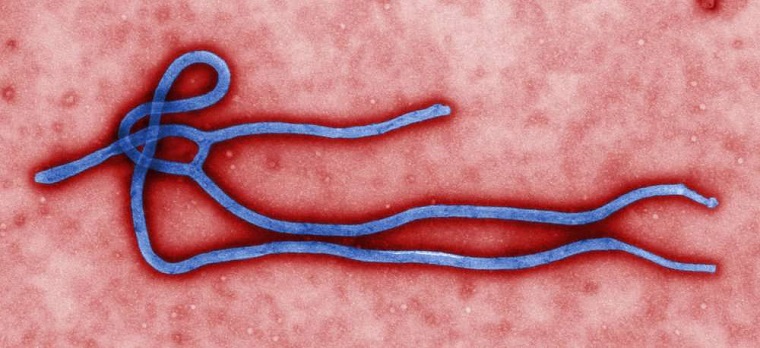Virus Infection Treatment with Colloidal Silver
 A Virus Infection and the viruses that cause them are very small. In fact, they are about 100 times smaller than any bacteria. Viruses were “discovered” by a succession of scientists in the late 19th century. They can only be seen by the human eye under an electron microscope. Measured in nanometres, viruses are so very small that they barely seem to be part of our physical world.
A Virus Infection and the viruses that cause them are very small. In fact, they are about 100 times smaller than any bacteria. Viruses were “discovered” by a succession of scientists in the late 19th century. They can only be seen by the human eye under an electron microscope. Measured in nanometres, viruses are so very small that they barely seem to be part of our physical world.
Viruses are extremely simple entities. Unlike their more complex bacterial counterparts, they do not possess their own means of reproduction. Viruses are reliant on a living host to replicate. Viruses can remain dormant for long periods of time, until they find a suitable environment. Then they invade the body of a cell and assume control of its genetic code and cause it to begin replicating the virus. Another important difference between the two is that some bacteria are beneficial to human beings; Viruses are never anything but destructive.
As seen under a microscope, their very simple structures involve a tiny bit of genetic material surrounded by a simple protein shell.
Colloidal Silver versus Prescription Antibiotics for a Virus Infection
These facts make viruses and a virus infection seemingly elusive to modern medical treatments. Allopathic antibiotics will not kill a virus. Antibiotics only work on living micro-organisms with a respiratory system. Therefore no virus infection can be killed by prescription antibiotics.
In this research abstract from the University of Hong Kong, scientists examining the action of silver particles on the Hepatitis B virus “hypothesize that the direct interaction between these nanoparticles and Hepatitis B virus double-stranded DNA is responsible for their antiviral mechanism.”
Colloidal silver appears to have a protective action on human T-cells, preventing their penetration by hostile micro-organisms like viruses. Silver nanoparticles prevent infection, even from the most feared viruses, including HIV & AIDS, Ebola, Hepatitis A, Hepatitis B & Hepatitis C.
Virus Infection Research with Colloidal Silver
Colloidal Silver has been successfully tested at the UCLA Medical Labs where it killed every virus on which it was tested in vitro.
Laboratory tests in 1988 by Larry C. Ford, M.D., UCLA School of Medicine, and other researchers showed that destructive bacteria, virus and fungus organisms are killed within minutes of contact with simple metallic silver.
As seen in this research abstract from The Journal of Nanobiotechnology, entitled “Interaction of silver nanoparticles with HIV-1,” the size of the particles is a critical factor where viruses are concerned. Only silver nanoparticles, smaller than the virus, are small enough to bond with and destroy them.
Specially calibrated colloidal silver generators create particles of between 0 and 10 nanometres. These silver particles are small enough to bond with viruses and interfere with their ability to penetrate cells.
(NB. Forgotten Remedies Colloidal Silver is 2nm average with a range from 0.3 – 10nm.)
Virus Infection References:
Department of Medicine, The University of Hong Kong, Pokfulam Road, Hong Kong, China.“Silver nanoparticles inhibit hepatitis B virus replication.”
The Journal of Nanobiotechnology, “Interaction of silver nanoparticles with HIV-1.”

